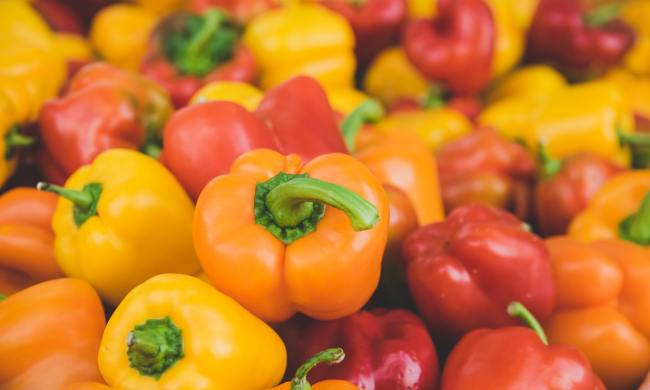Plant propagation is an easy way to create more plants, but there are a lot of different ways to go about it. You can propagate through cuttings, through tipping, and even through scraps. Lettuce, interestingly enough, is very easy to propagate from scraps! If you’d like to try but aren’t sure how, here’s what you need to know.
How to propagate lettuce
The first step to growing lettuce from scraps is to get a head of lettuce. Use the leaves however you would like, in salads, sandwiches, or wraps. Take the bottom inch or two of the stem, the thick white part at the base of the lettuce, and save that.
Place the stem in about half an inch of water, so that the part of the stem that used to have leaves is facing upward. The water will need to be changed every day or two, so try to use a container that allows easy removal of the lettuce and old water.
Put the water and lettuce in a sunny place. Within days you should start to see growth! Your lettuce will be ready for eating at around 10 to 12 days.

There are some important things to note about this process. Firstly, the lettuce grown from scraps will be significantly smaller than the original lettuce. It’s still big enough to be used in most things, but it won’t go quite as far as a full-size head of lettuce.
Since it is smaller, you may be tempted to let it grow for longer. However, if left for too long it will begin to bolt. It will start thickening and turning a darker, blue-green color as it tries to produce flowers and seeds. However, leaf vegetables become very bitter when they bolt and aren’t very good for eating.
If you would like, you can start your lettuce in water and then transfer into soil once it grows roots. This method isn’t very efficient if you’re just trying to get a little extra lettuce for your salad. However, if you want to try to get seeds for your garden out of it, this method is a better bet than leaving it in the water.
Why should you propagate from scraps?
Propagating from scraps is a great way to stretch your lettuce a little further, but it has other benefits, as well! From a financial perspective, propagating lettuce can save you money. If you can grow your own lettuce easily at home, you don’t have to buy more lettuce right away. Over time, these little bits of extra lettuce can add up!
In addition, propagating from scraps can benefit the environment. By utilizing every part of the lettuce, you’re producing less food waste. Growing it at home means you also don’t have to worry about any packaging. Less packaging means less waste, which is great for the environment.
What variety of lettuce is best for propagation?
The most popular, and reportedly easiest, variety to propagate is romaine lettuce. Romaine does very well with this method, but it isn’t the only one! Gardeners also report success with red leaf lettuce and Boston leaf lettuce.
Even if your favorite lettuce isn’t listed here, though, you should still give it a try! It’s possible to propagate any lettuce this way, although some varieties do better than others. If you try and it doesn’t work well with your favorite lettuce, there are no consequences. You just now have a slightly damp piece of lettuce stem.
Does this work for other vegetables?
Yes! Radicchio, a red vegetable very similar to lettuce and cabbage, can be propagated this way. Green onions and celery both do quite well with this type of propagation, arguably better than lettuce, even! Leeks, bok choy, and carrot tops will grow this way, although they take a bit longer. Additionally, while not vegetables, several types of herbs and pineapples can be propagated using this method.
So if you find yourself with some leftover lettuce stems and a hankering for more salads, go ahead and stick those scraps in some water. Propagation through scraps is a simple and quick way to grow more lettuce, radicchio, celery, or even pineapple! You can’t hardly go wrong, so enjoy your lettuce, then enjoy it a second time through propagation.
Want more? Read on further to learn how to grow lettuce indoors.





